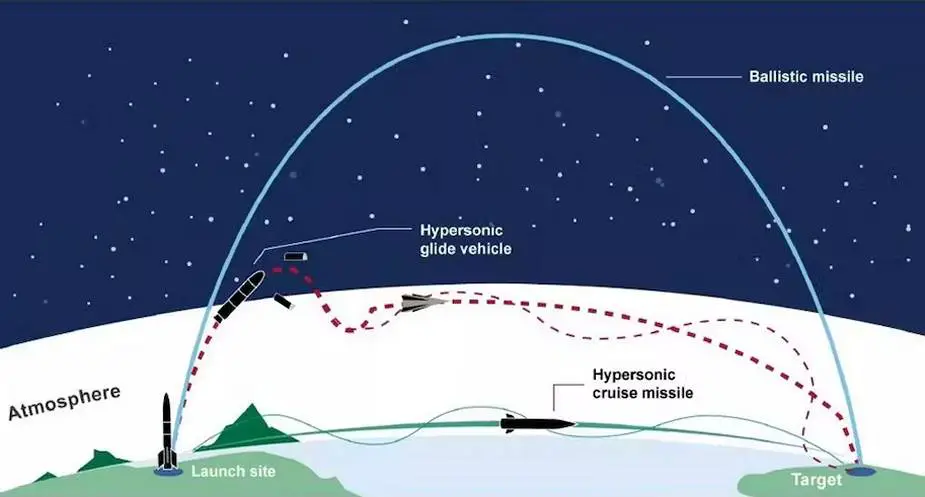INDUSTRY NEWS

UK Defence willing to spend £1 billion in boosting its hypersonic missile capability
July 19, 2023
By:Army Recognition
The British Ministry of Defence is set to spend up to £1 billion on accelerating its acquisition of hypersonic weapons, Lydia Chantler-Hicks reports in the Evening Standard.
The British Ministry of Defence recently released a prior information notice (PIN) to invite potential suppliers to participate in the development of the United Kingdom's hypersonic strike capability. The goal is to establish a "multi-supplier Hypersonic Technologies & Capability Development Framework Agreement" in order to expedite the development process. The estimated budget for this initiative is £1 billion.
The PIN emphasizes that this endeavor will be a collaborative effort aimed at accelerating the acquisition of an advanced Hypersonic Strike capability by the Ministry of Defence (MoD). Over a span of seven years, it is anticipated that the Framework will have a value of up to £1 billion.
To facilitate the success of the hypersonics program and provide suppliers with additional information, an "early supplier market engagement day" is scheduled for this summer. The purpose of this event is to ensure that suppliers are well-informed and prepared to contribute effectively. In an online publication by the UK government, it is explained that while there is no universally accepted definition of the term "hypersonic missile," it typically refers to missiles that can sustain flight within the Earth's atmosphere at speeds exceeding five times the speed of sound. Furthermore, these missiles possess the ability to execute significant maneuvers, thereby altering their trajectory.
A hypersonic weapon is a weapon capable of travelling at hypersonic speed, defined as between 5 and 25 times the speed of sound or about 1 to 5 miles per second (1.6 to 8.0 km/s). Below such speeds, weapons would be characterized as subsonic or supersonic, while above such speeds, the molecules of the atmosphere disassociate into a plasma which makes control and communication difficult. Directed-energy weapons such as lasers may operate at higher speeds but are considered a different class of weaponry.
There are multiple types of hypersonic weapons:
* hypersonic glide vehicle (HGV): missile warheads that maneuver and glide through the atmosphere at high speeds after an initial ballistic launch phase
* hypersonic cruise missile: cruise missiles that use air-breathing engines such as scramjets to reach high speeds
* hypersonic aircraft using air-breathing engines such as scramjets to reach high speeds
* guns that fire cannon-launched guided projectiles. These may be developments of traditional artillery or novel technologies such as railguns
* ballistic missiles traveling at high speeds during its atmospheric reentry.
The Silbervogel was the first design for a hypersonic weapon, made by German scientists in the 1930s. In the 2022 Russian invasion of Ukraine, Russia was seen to have fielded operational weapons and used them for combat. The Kremlin presents new hypersonic weapons as capable of overcoming "any" foreign missile defense systems, with the "pre-nuclear deterrence" concept contained in its 2014 iteration of the official Russian Military Doctrine. But Ukraine claimed to have succeeded in shooting down such a Russian air-launched missile, named Kinzhal.
Source:
https://www.armyrecognition.com/defense_news_july_2023_global_security_army_industry/uk_defence_willing_to_spend_%C2%A31_billion_in_boosting_its_hypersonic_missile_capability.html

